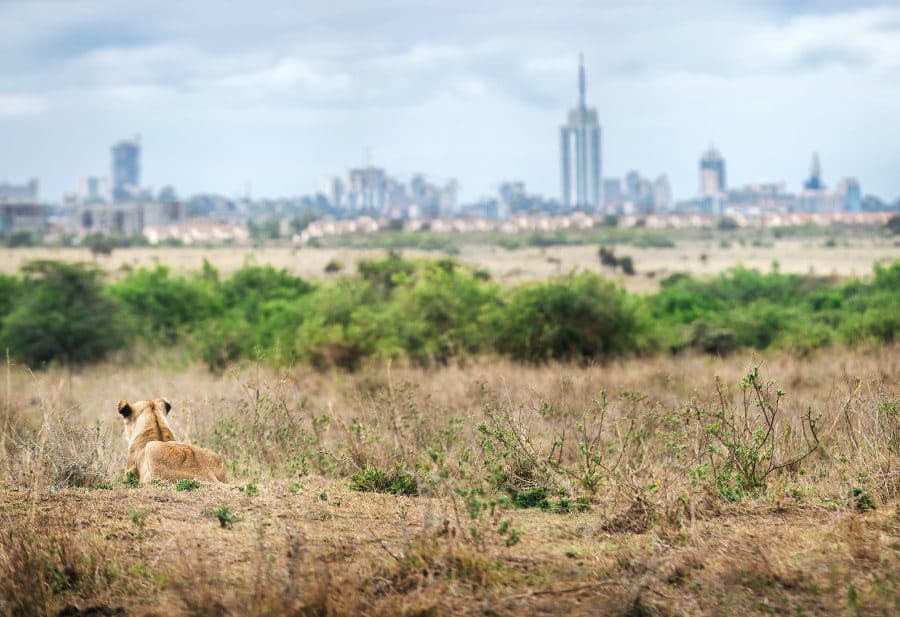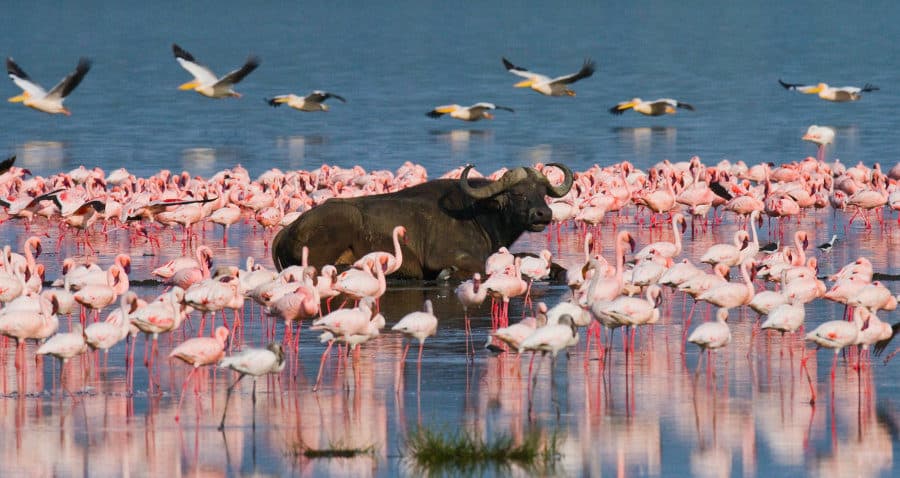Lions prowl the savannah in Nairobi National Park. Rhinos gather around a waterhole. Buffalo herds give you an intense stare. Look around and it initially seems to be a classic Kenya safari.
But look up from the animals and skyscrapers backdrop the wildlife. Giraffe necks juxtapose with apartment blocks. The animals literally roam within the city boundaries, next to highways and restaurants.
Nowhere else is urban life so closely connected to the wild. One moment you’re on the bustling streets of East Africa’s biggest city. The next moment you’re on safari with four-legged giants.
Such a bizarre congruence makes the safari very surprising. It also makes it very easy. With a one-day Nairobi layover you can mix classic sightseeing with a pride of lions!
Why You Need to Know About Nairobi National Park

The perfect Nairobi layover
Okay, so there are better safari destinations in Kenya. Nowhere can rival the Masai Mara, nor does Nairobi National Park have the endless space of a destination like Samburu.
Those destinations are really wild and difficult to get to. But if you’re visiting East Africa there’s a very good chance you’ll need to make a stop in Nairobi.
It’s the place of entry for every Kenya safari. Visit Uganda or Rwanda for mountain gorilla trekking and you’ll probably layover in Nairobi to change planes. Even for a Tanzania safari you might be stopping in the Kenyan capital.
Jump off the plane in Nairobi and within 30 minutes you can be on a big-game safari. Nowhere else is safari as easy.
The ideal first-time safari

The Masai Mara is an insane experience. So is the Serengeti or Kruger. But these enormous national parks require a lot of time. All of Africa’s very best safari destinations need a two- to three-day commitment. You can’t just show up for one morning and expect to see all your favourite animals.
Nairobi National Park is very compact. It has to be when there are main roads and skyscrapers so close by. A discreet electric fence keeps the animals in, the poachers out, and prevents any zebra from using a zebra crossing.
However, this compact park supports an excellent diversity of life. This is perfect if you’ve never been on safari before. On a single game drive you can encounter up to 20 different big mammal species, then go for lunch at a trendy city cafe.
This well-rounded animal experience will set you up for a wilder Kenya safari, in one of the more famous destinations. It also ensures you can always have a very authentic safari experience in Kenya, even if you’re visiting on business or only staying for two days.
The incredible contrasts
Safaris never get boring. Not when you love wildlife. You simply never get tired of looking a rhino in the eye, or encountering the majestic mane of a large lion. Just to watch waterbuck or hartebeest strolling the plains fills you with serenity and appreciation.
If you are a regular safari goer then it’s unlikely you’ll miss the opportunity for a quick game drive here. The chief highlight is the contrast, admiring how a natural world can exist in harmony with a busy urban environment.
The city of Nairobi and Kenyan government must get enormous credit for this. It would be so easy for a rapidly expanding city to take over this prime land. Instead, the city has expanded around the park, preserving the habitat and a unique safari experience.
History of Nairobi National Park
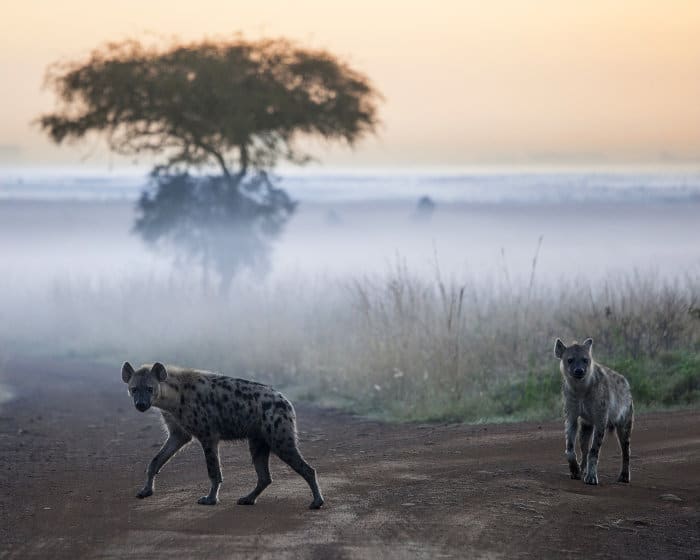
Colonialists chose Nairobi as their capital because the highland area was cooler and free of malaria. Yet the land was populated by lions and lots of other wildlife.
Residents carried guns at night as lion prides came onto the streets and ate people. Colonialists complained that zebra and buffalo were eating their flowers!
So the west and south of Nairobi was gazetted as a game reserve. It then became Kenya’s first ever national park in 1946.
It’s important to note that all the animals you see are native to the land. In a zoo, people have brought animals into an urban environment. With Nairobi National Park, people have built an urban environment around the animals’ realm.
What Animals Can You See in Nairobi National Park
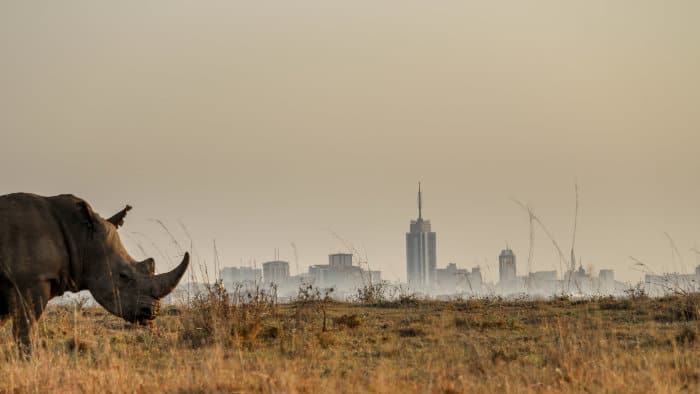
Although much smaller than other Kenyan parks, there’s a stunning variety of life here. Permanent waterholes stud the park, along with sections of acacia grass plains, highland and riverine forest. A river runs through the south of the park and is where a lot of the wildlife congregates.
You’ll see more in the dry season, when antelope and buffalo migrate into the park for its permanent water. Although three sides of the park are fenced, the southern boundary is left open, keeping a natural migratory corridor open for wildlife.
The best game viewing is January to March and September to October. However, the really big game is resident all year round. There’s only one pride of lions but it’s a big one, with some impressive prowling females.
Rhinos are the big wildlife highlight. They’ve been reintroduced here and on a March 2019 visit, one of our Africa Freak contributors saw ten rhinos – black and white – on a single game drive! Not bad considering how few rhinos are left in the world.
Then there are buffalo, hippos, giraffe, and baboon, all readily encountered. Cheetah and leopard do live here but you’ll need to be lucky to see them.
Some of Africa’s most elegant antelope species roam the plains as well, including hartebeest, eland, impala and waterbuck. The zebra you encounter are Grant’s zebra, which makes a good addition to the plains zebra you see elsewhere in Kenya.
How to Plan a Safari in Nairobi National Park (without needing a Kenya visa)
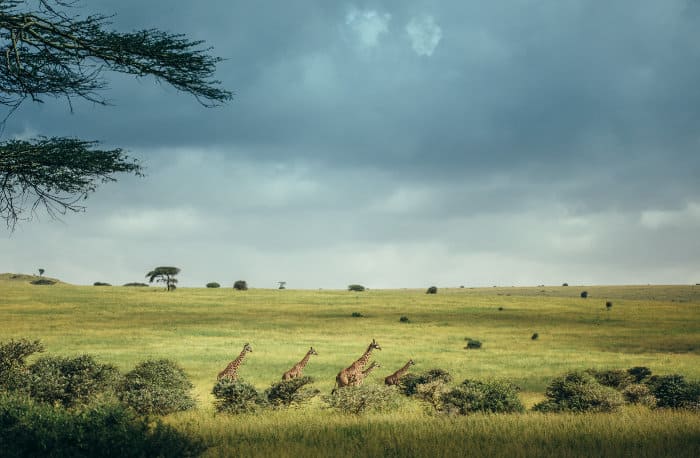
Step 1: Plan your layover. Game drives are best from 6 – 9am, 3 – 6pm, or 6 – 9pm. Make sure you have enough time in your layover.
Step 2: Kenya visa. If you’re staying in Kenya for less than 72 hours then get a transit visa on arrival for just USD 20. For longer stays you will need a Kenya eVisa for USD 51.
Step 3: Stay close to the airport. Traffic can be a nightmare in Nairobi so it’s best to stay south of the city. This is close to both the international and domestic airports, as well as the Nairobi National Park gates.
Step 4: Book a safari. There are many safari operators who can take you on a game drive. Scout around for prices as it should not cost more than USD 200 for a vehicle with guide (up to six people). Entrance to the park is separate at USD 43 per person.
Step 5: Go wild: Nairobi National Park may be in the city but you’ll really connect with your wild side!
Onwards from Nairobi National Park
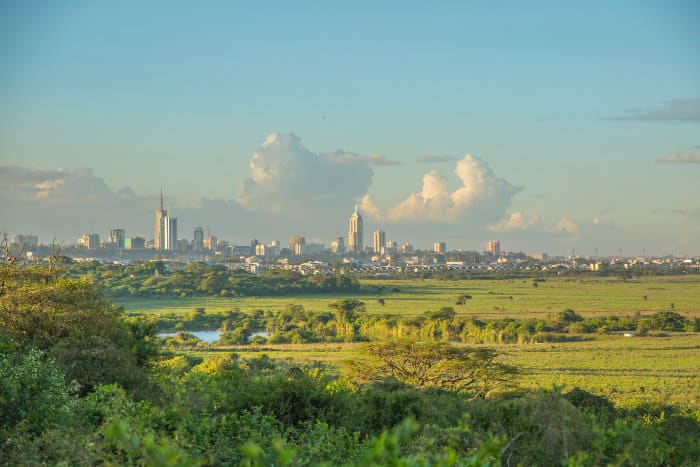
For some people the park is a stepping stone for a bigger Kenya safari. It’s a great first experience before visiting the Masai Mara or Samburu.
For others, this big-game safari is a great complement to a trip in neighbouring countries, like Uganda and Rwanda.
Or your next stop might be back home. Visit many destinations in East Africa and you must fly via Nairobi. So make a safari layover on the way back and you return with majestic wildlife memories.
